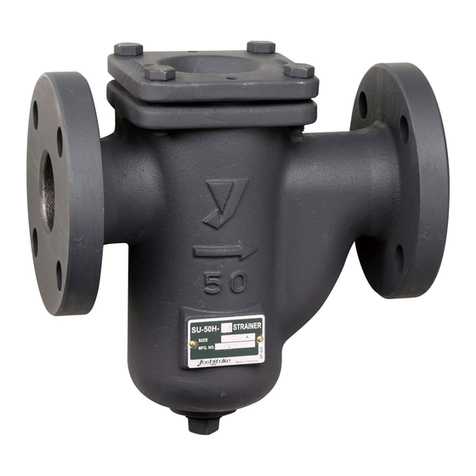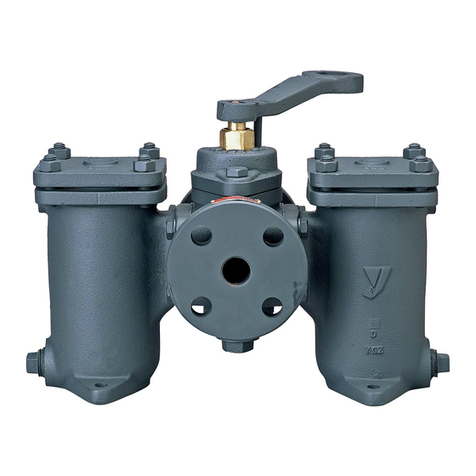Yoshitake ST-10 User manual













Table of contents
Other Yoshitake Water Filtration System manuals
Popular Water Filtration System manuals by other brands
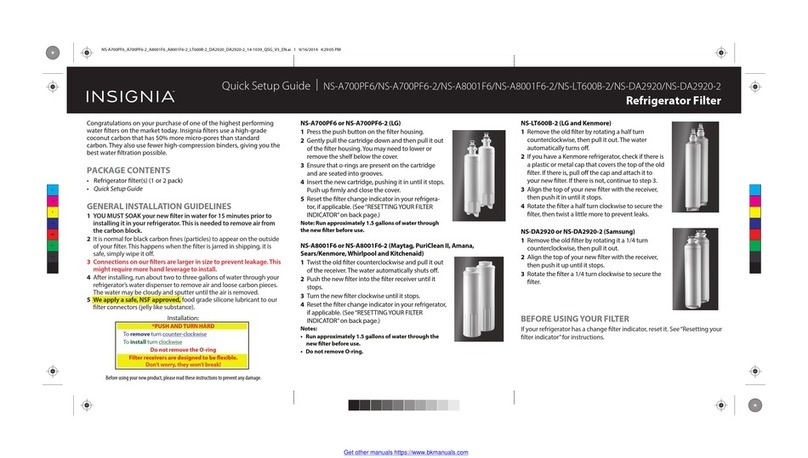
Insignia
Insignia NS-A700PF6 Quick setup guide
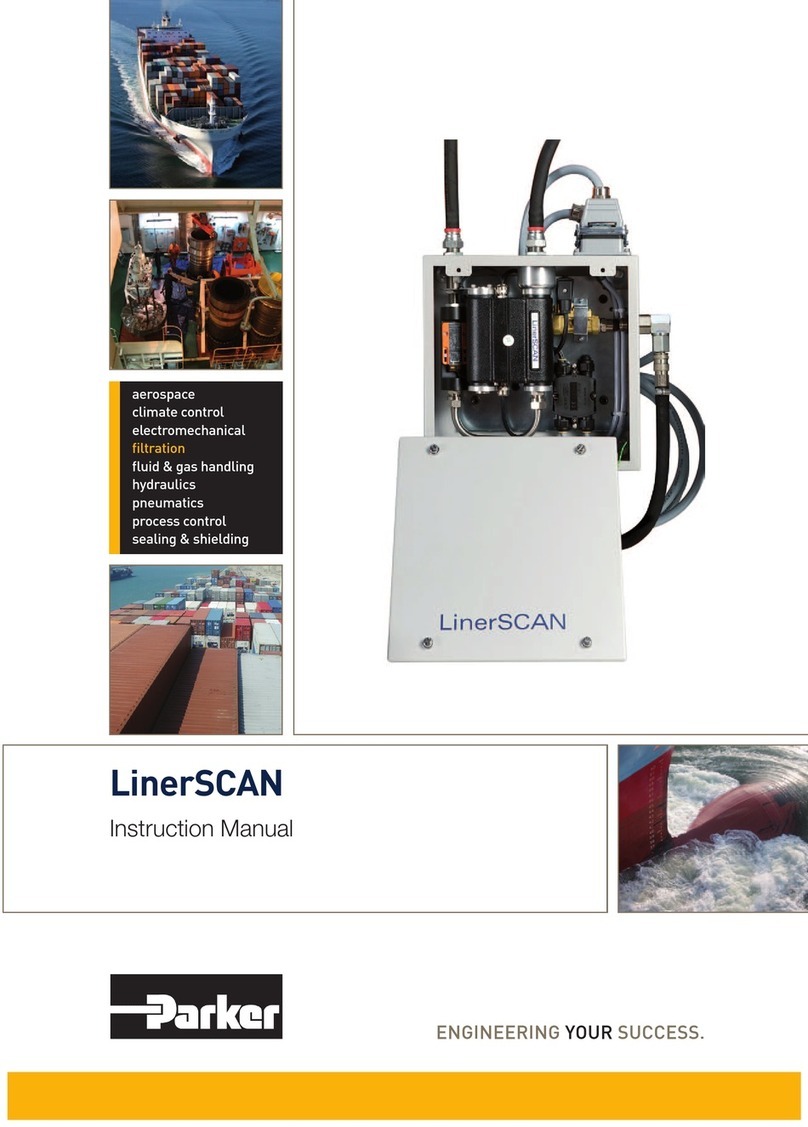
Parker
Parker Kittiwake LinerSCAN instruction manual
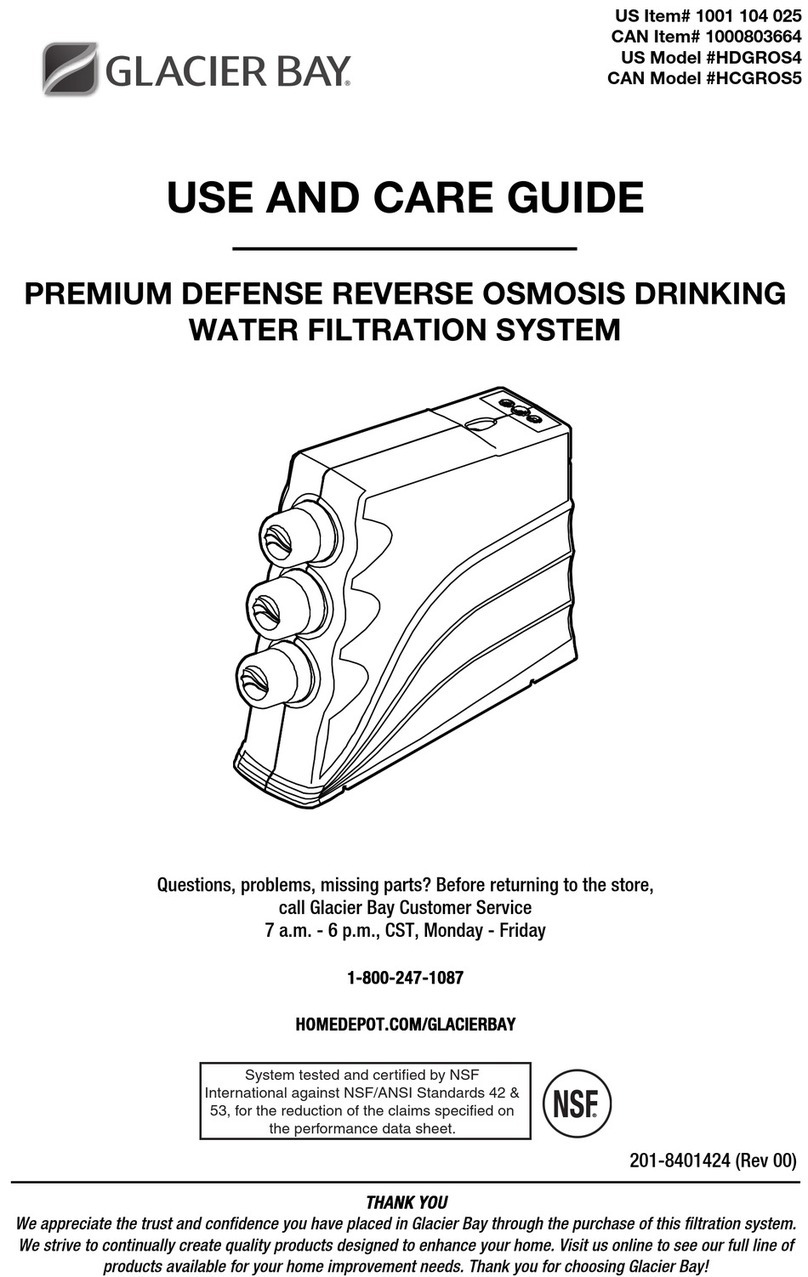
Glacier bay
Glacier bay HDGROS4 Use and care guide

CAS
CAS VAPURE VP15 Installation & operating instructions
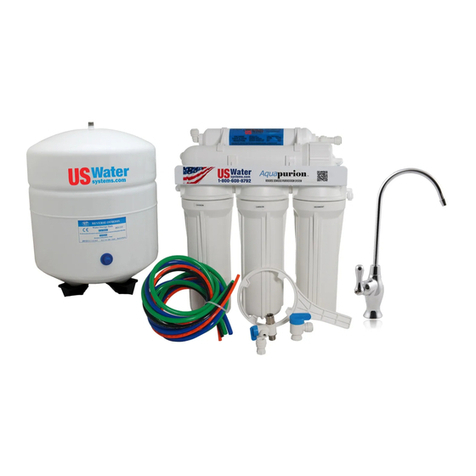
US Water Systems
US Water Systems Aquapurion 5 Installation and maintenance manual

Aquathin
Aquathin Platinum-90 Getting started

Giebel
Giebel VARIO-MA Series manual
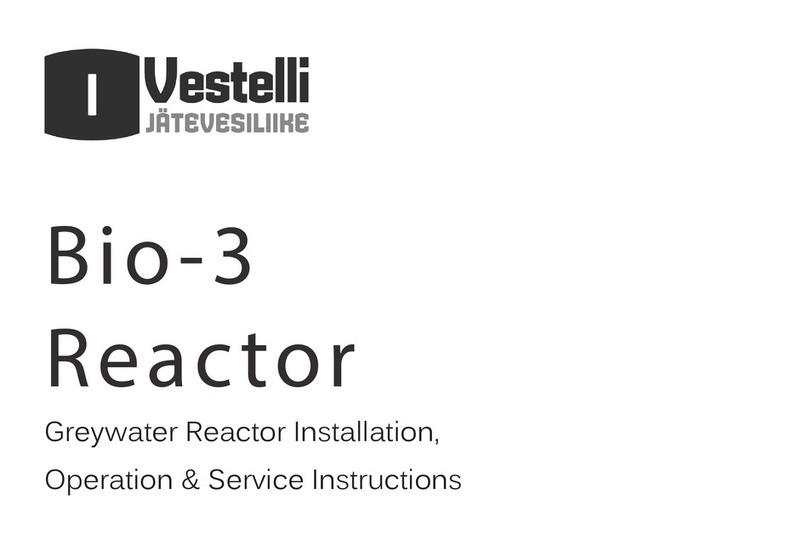
Vestelli
Vestelli BIO-3 REACTOR Installation, operation and service manual

Aquaport
Aquaport AQP-SFK user manual
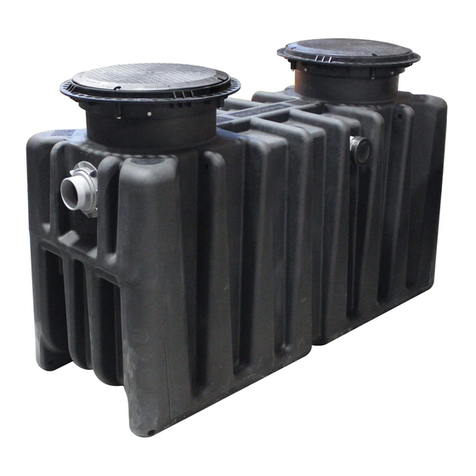
Endura
Endura XL100 Installation operation & maintenance
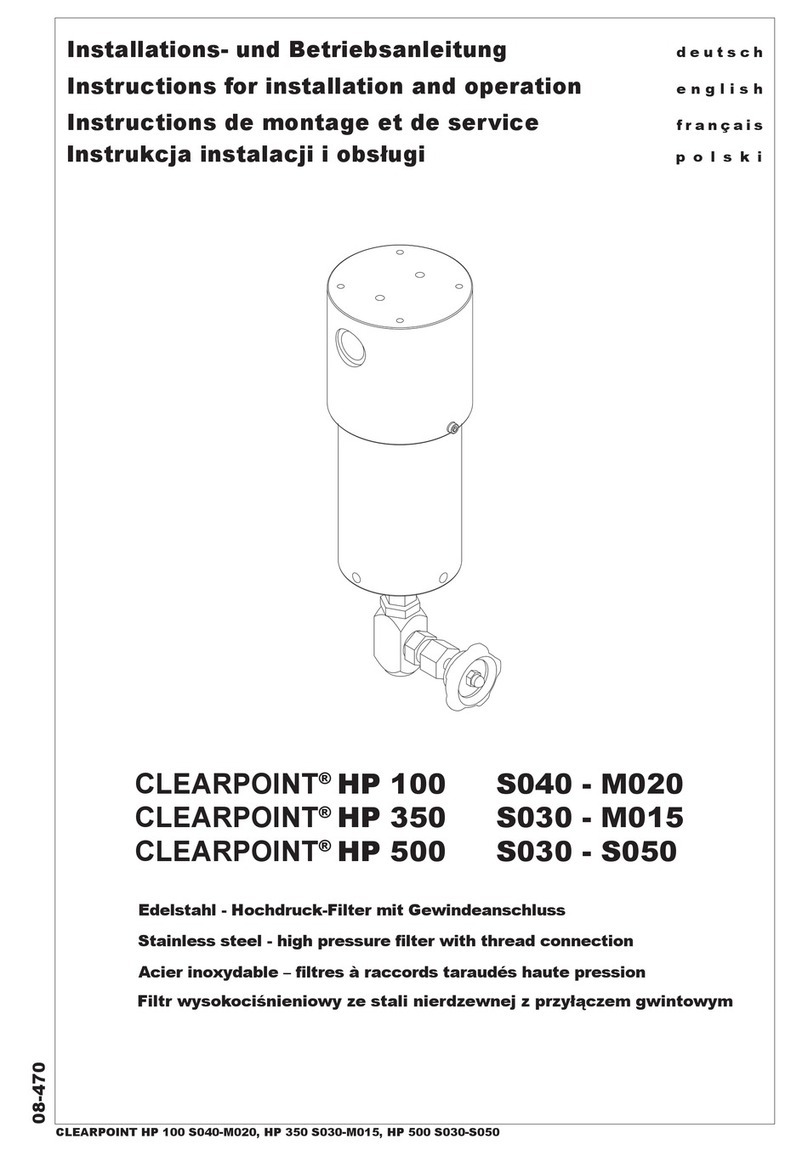
Beko
Beko CLEARPOINT HP 100 Instructions for installation and operation
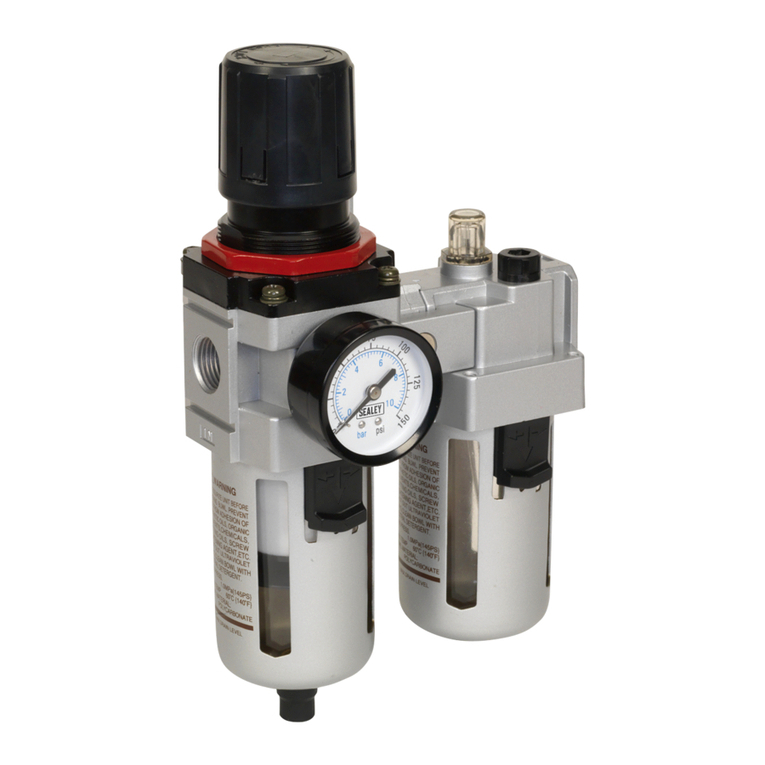
Sealey
Sealey SA4001 instructions

Brita
Brita sodaTRIO Usage instructions

Atlantic Ultraviolet
Atlantic Ultraviolet SANITRON S5000C owner's manual
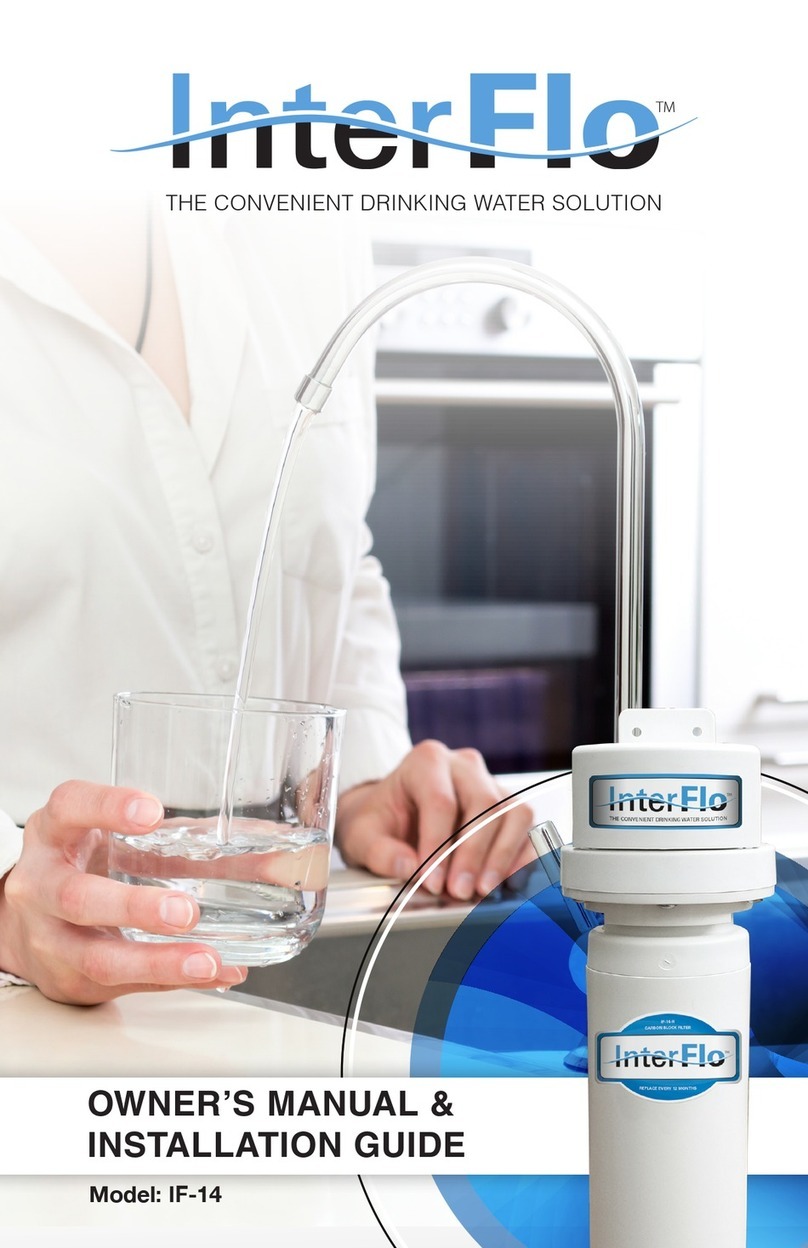
InterFlo
InterFlo IF-14 Owner's manual & installation guide
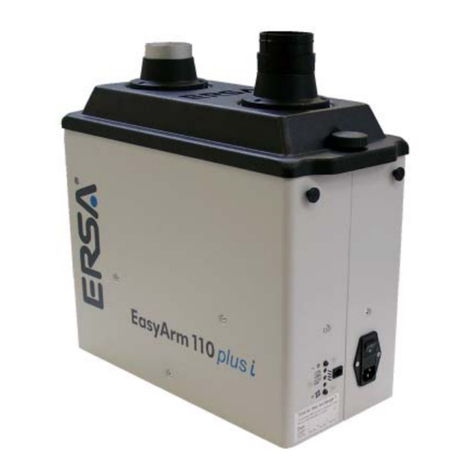
ersa
ersa Easy Arm Extraction EA 110 plus i operating instructions
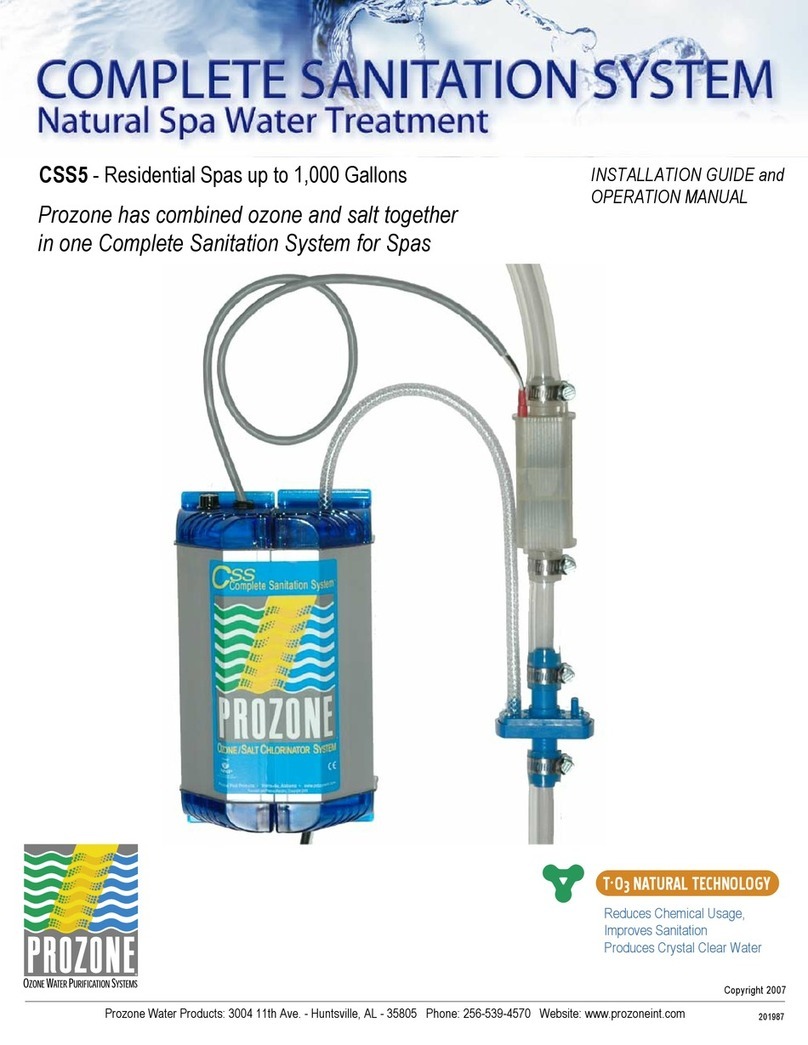
Prozone Water Products
Prozone Water Products CSS5 series Installation guide and operation manual
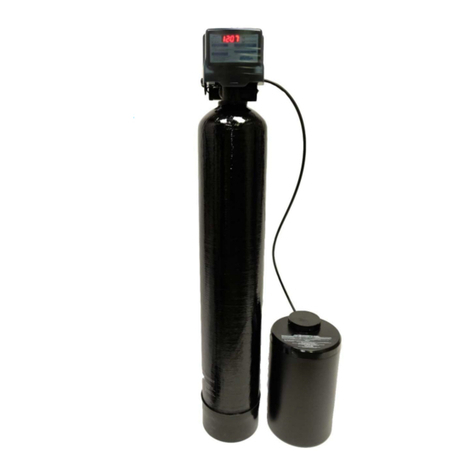
Clean Water Systems
Clean Water Systems 5900-BT Greensand Filter Installation & maintenance guide
